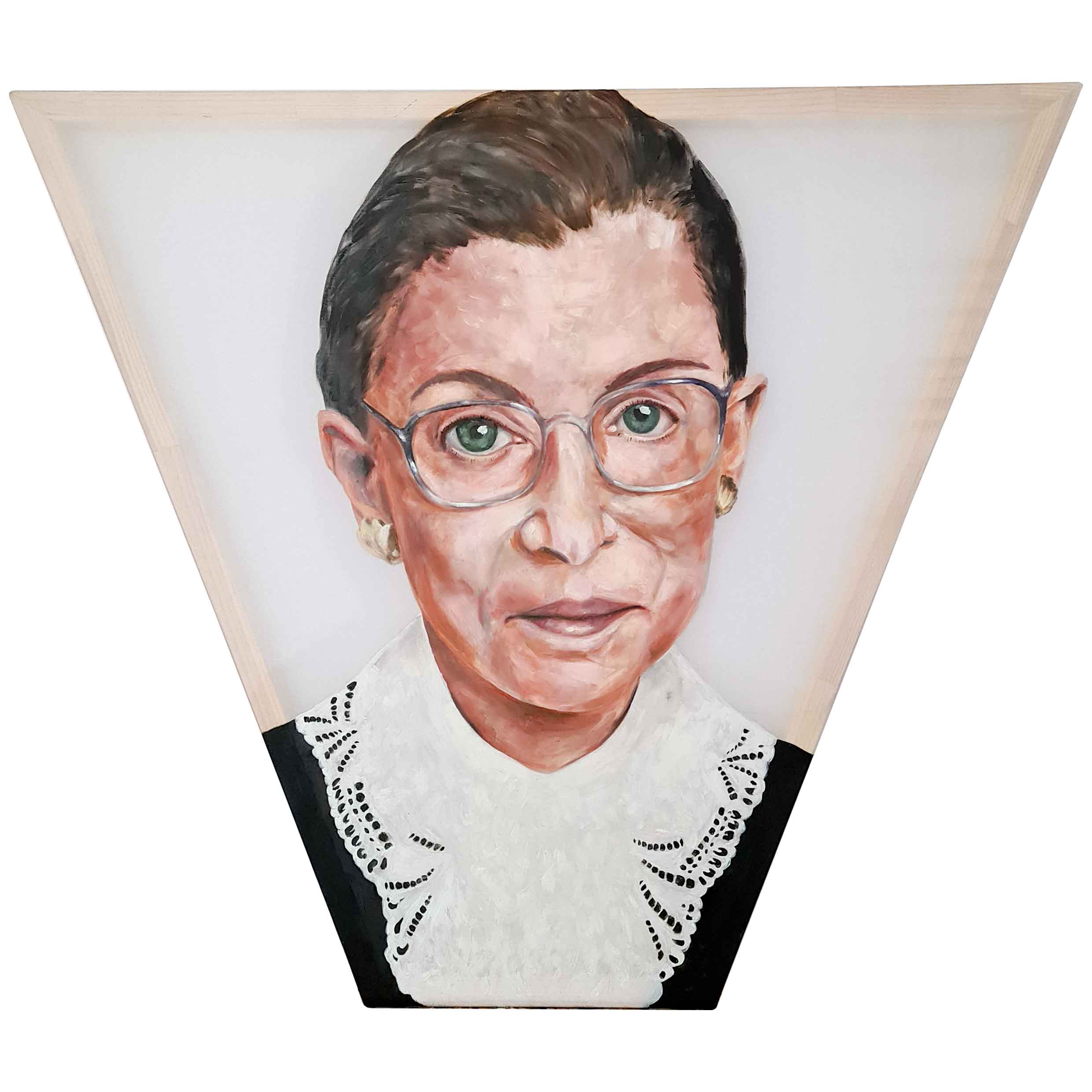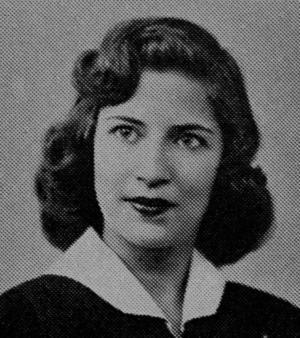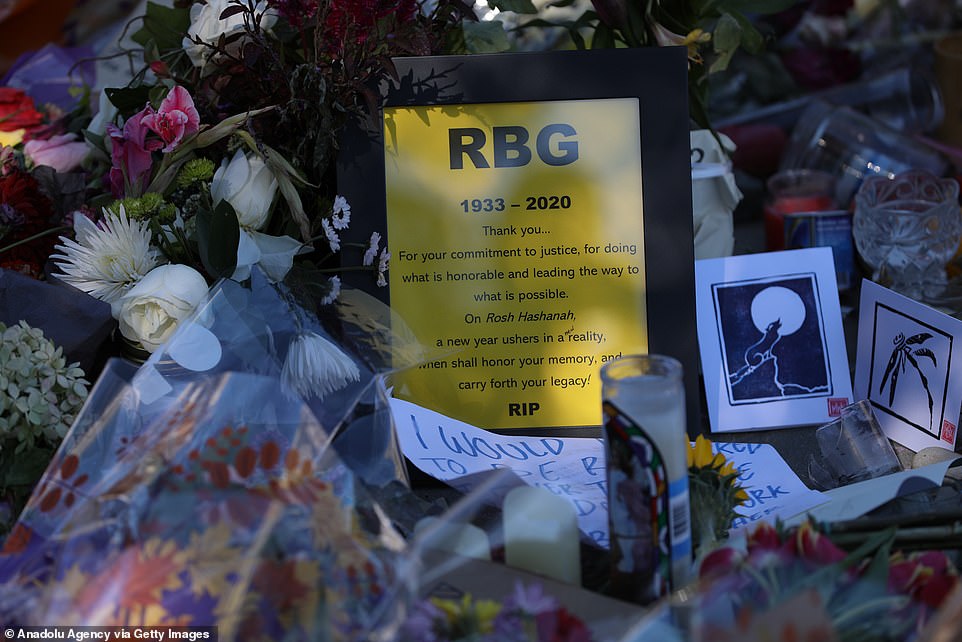
1933-2020
Ruth Bader Ginsburg
Ruth Bader Ginsburg, only the second female Supreme Court Justice in American history, was a fierce champion for women’s rights in the US, right up until her recent death aged 87. Combining an argumentative flair with exceptional pragmatism, she leaves behind a legacy that will inspire generations of young American jurists to continue challenging the gender inequality she identified and fought throughout her illustrious career.

Ginsburg was born as Joan Ruth Bader in New York in 1933 to Jewish parents, taking on her middle name at Kindergarten to avoid confusion with other Joans.
Evidently an extremely intelligent and gifted child, she went on to study at Cornell University on a full scholarship, meeting her future husband Martin (‘Marty’) Ginsburg, who took a strong interest in her intellectual prowess.
Her pathway into the legal profession was forged through her academic relationships with two professors – the famous Russian author, Vladimir Nabokov, and the constitutional lawyer, Robert Cushman, who fuelled her interests in writing and law respectively.
Ruth and Marty married in 1954 and had their first child in Oklahoma, where he was stationed with the US Army, before moving to Massachusetts where Ruth started at Harvard Law School. She became the first woman to form part of the editorial team of the Harvard Law Review, whilst also caring for her young daughter, Jane, and her husband (along with taking lecture notes for him), who was diagnosed with testicular cancer.
She finished her legal training at Columbia Law School, finishing joint top of her class, in 1959.
In spite of her obvious talents and impressive CV, finding work was an uphill struggle on account of her gender and status as a mother. Undeterred, she managed to secure a clerkship for the next two years with a New York District Judge, Edmund Palmieri. By this stage, only two women had ever sat as federal judges in the US.

After she was taken on as an assistant professor at the Rutgers School of Law, asked to take a lower salary because of Marty’s well paid job at a New York law firm, she became pregnant again and took to wearing oversized clothing lest her work contract wouldn’t be renewed.
Her own personal experiences of gender inequality crystallised into a more official involvement in the topic when she was invited to curate a student panel debate on issues around “women’s liberation” in 1970, leading to her publication of two influential articles the following year.
This influence began to extend beyond the educational realm and into practical matters of federal law. Her husband alerted her to a discriminatory clause in the federal tax code that refused single men the right to a tax deduction where they were their family’s primary caregiver – this led Ginsburg to draft a brief in a federal case in collaboration with the American Civil Liberties Union (ACLU). Also in partnership with the ACLU, she worked towards having struck down an Idaho state law which specifically gave priority to men over women in choosing who should be in charge of dividing up the property of citizens who died without a will.
Over the course of the 1970s, Ginsburg was successful in five of the six cases she argued in front of the Supreme Court.

“Fight for the things that you care about, but do it in a way that will lead others to join you.”
In 1993, President Clinton nominated her to fill the Supreme Court seat vacated by Justice Byron White. Respected for her pragmatism and attention to detail, she was an extremely popular choice, approved unanimously by the Senate Judiciary Committee, then by the Senate by an overwhelming majority of 96-3.
Whilst liberal in her views, with a tendency to vote with the other liberal judges on a decision, she was lauded for her consistent excellent relationship with the more conservative judges on the panel, in particular Justice Scalia (with whom she bonded over a mutual passion for opera!).
She is particularly well known for a number of forcefully reasoned dissenting opinions on issues of gender equality – most notably in a pair of 2007 decisions (Gonzales v. Carhart, where the court split 5-4 in upholding the federal Partial-Birth Abortion Ban Act; and Ledbetter v. Goodyear Tire, where the court ruled that a woman couldn’t bring a federal claim against her employer for having been paid less than her male counterparts).
Despite calls for her retirement during Obama’s presidency, to allow him to replace her with a younger liberal judge before a possible Donald Trump tenure, she sat as the Supreme Court’s oldest justice, displaying characteristic physical stamina and character, perhaps best evidenced by her going to work the day after her husband died in 2010 because it’s ‘what he would have wanted. She died within agonising reach of the 2020 elections – but although her seat may have been filled controversially with the Republicans’ conservative choice, her liberal legacy and championing of equal rights for women across the US will live on.

